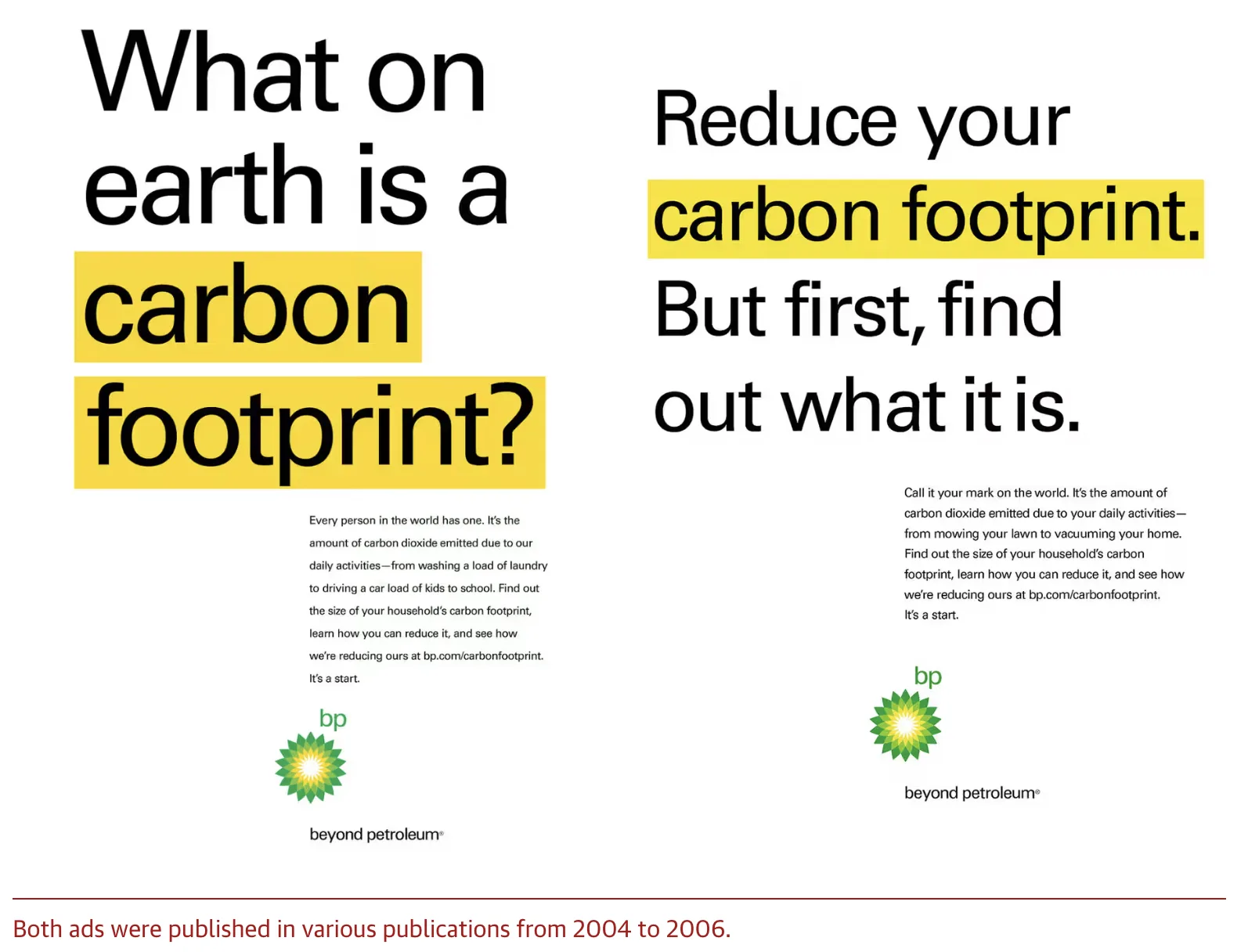Sustainability is important but it’s fair to say that the concept is starting to get a bit fatiguing. New ways of getting the point across have to be found. And ways that make the whole thing a bit more energetic and less draining are going to be key.
Enter a fresh new social media trend that’s turning climate action into a joyful challenge. “Climatemaxxing”. It’s big idea is to make environmental responsibility less of a burdensome slog and more aspirational. This approach could help people feel more in control rather than pushed around by the urgent need to address climate change, which can feel like a guilt-ridden road to nowhere.
So why the double x? This is because the idea, which was coined by Grist’s Kate Yoder, draws inspiration from the broader ‘maxxing’ movement that aspires to self-improvement in pervasive walks of life. Fitness fans engage in “gymmaxxing” to build showstopping physiques; financial glory falls under “moneymaxxing.” You can guess what “heightmaxxing” is (although we’re not sure how that’s achieved). People who engage in “looksmaxxing” are trying to appear as the best versions of themselves, aesthetically, and they may “sunmaxx” or go to extreme lengths to get there.
Whether you sympathize with any of that stuff or feel like it’s perpetuating harmful ideals, we can at least agree that chin extensions, ripped abs, or great investments aren’t doing much for the planet. So it’s welcome that the maxxing concept is now being extended to sustainability, making climate-friendly behaviors feel like achievements.
Climatemaxxing is about reaching for the maximum sustainable impact that you’re capable of. It pushes folks to move beyond straightforward actions like buying organic food and to consider broader efforts that echo within the community. The idea is to gamify sustainability, making it a challenge to get stuck into. It’s about being the best version of you, for your climate.
Keen to put climatemaxxing into practice? Some examples:
- Fashion: Buying better and buying less. Also learning to repair clothes (or taking to a tailor) when the garments are broken and recycling those that are beyond repair. Exchanging clothes with friends. To top it all off, spreading the word on social media about how surprisingly wasteful fashion is – as it’s currently responsible for around 10% of the planet’s carbon emissions.
- Environment: Taking part in ocean or beach clean-ups, rewilding initiatives, or other environmental campaigns. Aspirational maxxers might also subscribe to impactful organisations like Mossy Earth (as we do) .
- Waste: Composting at home while shunning single-use plastics completely. Then, for some next-level shiz, you could aim to establish better recycling and waste facilities within your community.
- Travel: Getting to work by bike and campaigning to improve low-emissions transportation options for co-workers. When it’s time to take a short-haul flight, abandon that idea and take a long-distance train instead.
- Food: Stopping meat consumption or switching to an entirely plant-based diet, while supporting local organic farms instead of supermarkets. One could even grow some of those plants at home to attain even more points.
What will fuel the rise of the trend?
With this trend, as with others before it, social media could be the spark behind the ignition. Platforms like TikTok and YouTube have already launched myriad sustainability or self-improvement trends, from degrowth to brand boycotts, to sleep optimization. Climatemaxxing would be no different.
Imagine the trend taking off: people would share their next-level climatemaxxing game online, inspiring others to do the same. Someone might post about their fancy new home composting kit with the hashtag #climatemaxxing, helping to get eco-friendly acts into the collective mind. Perhaps kindling competitive feelings in followers, who then go out and do the same but better. A sort of keeping-up-with-the-Joneses for the age of extinction.
The top-tier climatemaxxers would share impressive achievements, struggles, tutorials, and ‘pro tips’ – using social media to show-off their pioneering efforts in creative formats, whether it’s going plastic-free for a month or switching to an EV. Suddenly, climate action starts to feel less isolating and more communicative. More powerful.

Figures could also bring the challenge to life. For instance, someone who decides to buy fewer, better quality clothes could track the real environmental benefits of their sartorial choices over the course of a year. Or, those who reduce their reliance on the extortionate electric grid could share savings made with rooftop solar panels. From the jealousy, more hashtagged solar panels would arise.
We may have got a bit carried away there but returning to the ground, climatemaxxing is growing its roots because it brings a necessary energy to climate-conscious behavior. Instead of starting from an earnest or negative place, like carbon footprints – yes, a term crafted by Big Oil to reflect shame and responsibility onto individuals – climatemaxxing reframes sustainable actions as a positive, which lightens the burden. It’s less of a footprint and more of a high-five.

After all, climate change is depressing and plenty of people are starting to feel like they can do nothing about it. Climatemaxxing shifts the dial from blame to prowess, getting individuals to at least feel like their actions are going somewhere. Achieving something.
Perhaps it’s about not being the villain of the story and becoming the main character.
Why are new approaches needed?
As we said at the start of this post, despite widespread awareness of environmental issues, many people are experiencing a certain “sustainability fatigue”, alongside concern for the climate. This flagging happens when people feel that their eco-friendly efforts aren’t important, so they drop-out. Factors contributing to this fatigue include:
- Perceived ineffectiveness: A rising portion of people now believe that adopting a more sustainable lifestyle makes no difference, leading to a sense of futility in individual attempts at being sustainable. And with GHG emissions rising, despite repeated COPs and pledges – this feeling’s relatable.
- Affordability concerns: The cost of sustainable products is too often prohibitive, making it challenging for a big slice of society to maintain eco-friendly habits. What’s the point of sustainability if it’s some fancy thing that only the elite can signal virtues with?
- Greenwashing skepticism: The endless drivel of misleading environmental claims by companies has undermined genuine sustainability efforts. People are suspicious and not sure what to believe any more. Maybe it’s better to just not consider the whole bullsh*t?
- Value-action gap: This is where there’s a disconnect between individuals’ environmental values, what they say, and their actual behaviors, influenced by convenience, habits, lack of immediate incentives, etc.
These issues, while not always fair, are understandable and highlight the holes that new approaches like climatemaxxing can fill. In this case, reframing sustainability as something to aspire to, which can be achieved collectively; competitively.
It’s just a starting point but still…
Perhaps whether or not this trend is going to be The Next Big Thing isn’t quite our point – it’s more about a needed change of perspective. Climatemaxxing is a refreshing alternative to sacrifice and guilt. It’s just a tiny step for now and only a nascent idea that could easily fall flat on its face but that doesn’t mean we can’t momentarily admire its satisfying elements and they could become recycled to create something bigger in the future.
Nevertheless, while new approaches are needed we should remember that climate change is serious – it’s a real threat to our existence. So without party pooping too much (as we need more party), trends like climatemaxxing are best combined with heavy-hitting action elsewhere. There’s no point just playing games while everything’s on fire.
By the way, at Akepa we’re also climatemaxxers – every day we’re thinking of new ways to get maximized. For those, see our sustainability page.



Leave a Reply